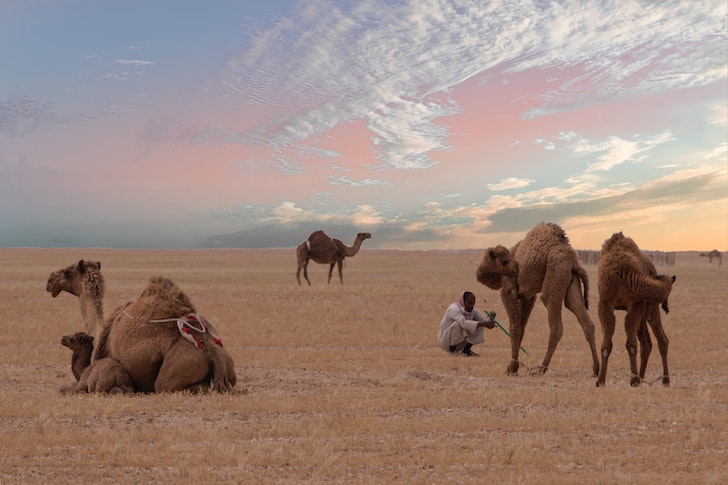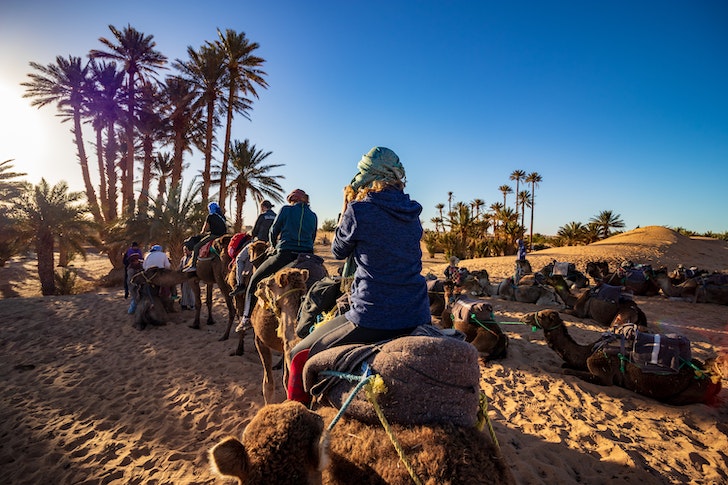Camel racing has been part of the cultural heritage of Saudi Arabia – a region that spans the Middle East and North Africa – for centuries.
It is a spectacular event, with camels ranging from 1-5 years old being raced at speeds of up to 40 km/h over distances of up to 10 kilometers. The traditional sport is more than just a fun activity; it has evolved into an important part of the culture and identity of the region.

The Origin Of Camel Racing
The origins of camel racing in Saudi Arabia are closely intertwined with the country’s Bedouin culture, where nomads have long relied on these animals for their livelihoods. Camels were bred and trained to be used as transport across some of the most difficult terrains in the world, but they also served as symbols of wealth and status among tribes.
This meant that when it came to showcasing their strength and agility, competitions between tribes arose naturally. These informal races soon led to organized events where camels could be pitted against one another in front of large crowds.

The Incorporation Of Modern Technology
The Bedouin tradition saw riders compete on bareback camels without bridles or saddles. This was seen as a way for riders to demonstrate both their own skills as well as those of their mount.
Over time, however, modern technology began to be incorporated into the sport. Now, riders are equipped with hi-tech monitoring systems that track and measure elements such as speed and heart rate during races.
The addition of this technology has made camel racing even more popular with spectators who can now follow live-streaming videos on smartphones or televisions while they watch from grandstands across the racecourse.

Camel Racing In Saudi Arabia
In recent years camel racing has become a highly regulated sport in Saudi Arabia. Racecourses have been established across the country where competitions take place under strict rules set by governing bodies such as The Royal Camel Commission (RCC).
This body governs all aspects of camel racing, including licensing issues and rulings on any disputes that may arise during races. As well as setting out procedures for entering competitions, RCC also issues regulations regarding camel maintenance so that owners must adhere to certain standards when training their mounts or competing in events.
Conclusion
Camel racing continues to be an integral part of daily life in Saudi Arabia. It is an event that combines history and tradition with modern advancements for a truly unique experience – one which brings together different cultures from around the world in an exhilarating spectacle that provides entertainment for all ages.
Many people flock from near and far just to witness these exciting events; whether to cheer on participants or simply admire these magnificent animals doing what comes naturally – running!




